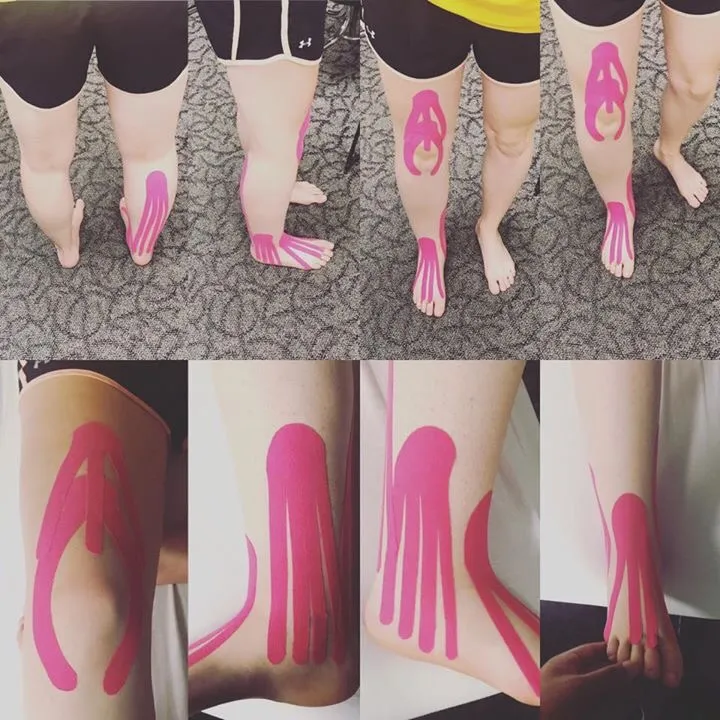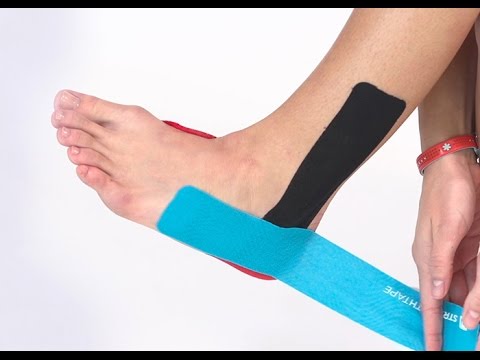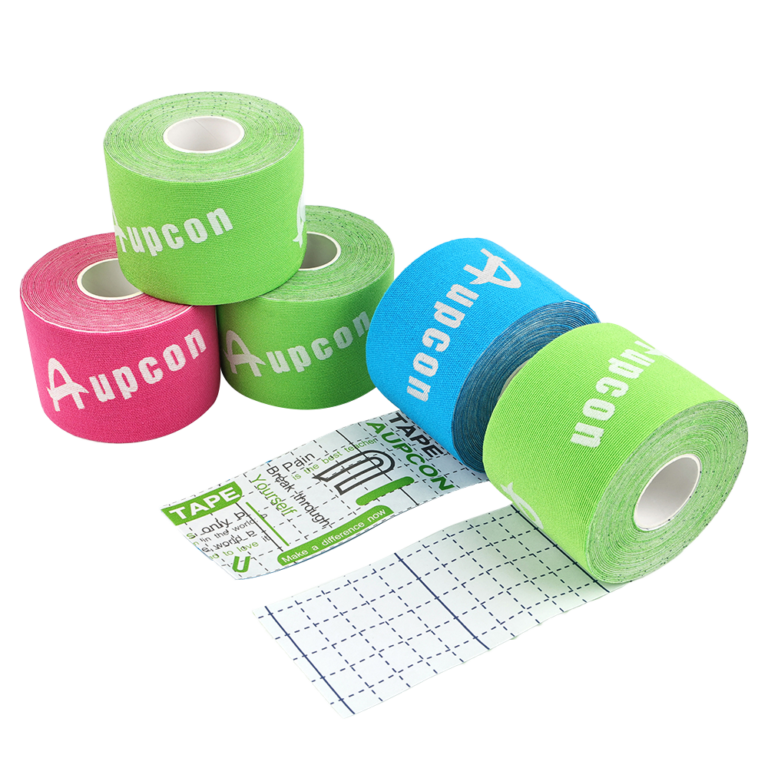What does kinesiology tape for lymphedema do? That’s the question I was recently confronted with. What is this amazing product that allows patients to move easily after a major surgery and without additional pain from tight or restrictive garments? And how can you use it to improve your health and fitness routine?
What is Lymphedema?
Lymphedema is a condition that occurs when excess fluid accumulates in the body tissues due to damage or destruction of the lymphatic system. Lymphedema can be a result of many different diseases and injuries, including breast cancer, chemotherapy, radiation therapy, and surgery. Lymphedema can cause extreme swelling in the limbs, neck, and other areas of the body. This condition can be extremely debilitating and difficult to live with.
What is Kinesiology Tape For Lymphedema?
Kinesiology tape for lymphedema, also known as therapeutic tape or band aid tape, is a medical necessity for people with lymphedema. Lymphedema is a condition in which the body produces fluid retention due to damage to the lymphatic system. Kinesiology tape helps to reduce swelling and pain by binding to muscles and other tissues.
There are many types of Kinesiology tapes available on the market, but the most common is the athletic tape. Athletic tape is made from a stretchy fabric that can be easily removed and replaced if it becomes damaged or worn. It is often used as a form of temporary support for muscles and tendons, as well as for healing injuries. There are also decorative tapes available that are made from different materials, such as silk and satin.
Kinesiology tape is a versatile tool that can be used for a variety of purposes, including reducing swelling and pain associated with lymphedema, supporting muscle function after surgery or injury, and treating sports-related injuries. It is important to consult with your doctor before using Kinesology tape, as it may not be appropriate for everyone.

What Does Kinesiology Tape Do?
Kinesiology tape works by reducing inflammation and swelling. It is often used to treat pain and inflammation in the neck, shoulder, arm, hand, wrist, and ankle. In some cases, it can also be used to reduce the size of Lymphedema tumors. Kinesiology tape can be applied directly to the skin or it can be placed over a bandage or compression garment.
How Does the Kinesiology Tape for Lymphedema Work?
The Kinesiology tape for lymphedema is a medical device used to help reduce swelling and improve blood flow. The tape is made of flexible medical-grade adhesive that is designed to adhere to the skin and create a seal. This helps to reduce swelling and improve blood flow. The tape is also designed to be removable, so that it can be replaced as needed.


What are Kinesiology Tape Adhesives Made of?
Kinesiology tape is a type of adhesive tape that is made of rubber, plastic, and other materials. Its primary purpose is to relieve pain and tension in muscles and connective tissue. Kinesiology tape is also often used to treat lymphedema, a disorder in which excess accumulation of fluid in the tissues causes swelling.
Kinesiology tape is made of different materials that can affect how it works. The rubber portion of the tape is designed to provide resistance against stretching and tears. The plastic layer helps the adhesive stick to the skin and provides a barrier against moisture and bacteria. The adhesive itself is usually composed of natural or synthetic substances that help it adhere to the skin and resist separation.
One common use for kinesiology tape is to treat pain and tension in the muscles and connective tissue around the joints. It can also be used to reduce swelling and improve mobility in areas affected by lymphedema. Kinesiology tape can be applied directly to the skin or over clothing. It is typically worn for several hours at a time, but can be worn for longer periods if necessary.
Pros and Cons of using a kinesiology tape for lymphedema
There are many benefits to using a kinesiology tape for lymphedema. First and foremost, the tape can help to improve the appearance of the patient’s skin. Additionally, the tape can help to reduce swelling and pain, and can be a key part of treatment plans for lymphedema patients. However, there are also some potential drawbacks to using kinesiology tape for lymphedema. For example, the tape may require regular replacement, and it may be difficult to remove if it becomes embedded in the skin. Additionally, kinesiology tapes may not be effective for all types of lymphedema. Care should be taken when selecting a tape for use in a particular patient’s case to ensure that the tape is appropriate and effective.
Conclusion
Kinesiology tape is a type of therapeutic tape made from natural fabrics and designed to help treat conditions such as lymphedema. Lymphedema is an accumulation of fluid in the tissues below the skin, most commonly caused by breast cancer or other forms of cancer treatment. Kinesiology tape is worn on the surface of the skin to help slowly release the trapped fluid, which can then be eliminated through normal body functions. If you are considering using kinesiology tape for lymphedema, it is important to understand what types of tapes are available and how they work. Hopefully this article has provided you with all the information you need to make a decision about whether kinesiology tape is right for you.


FAQ
1. How do you use kinesiology tape for lymphedema?
The kinesiology tape for lymphedemais laid in narrow strips, from a selected drain area to the area with an accumulation of lymph fluid, allowing lymphatic drainage to be stimulated 24 hours a day. For this application the skin is stretched and the tape applied without additional stretch.
2. When should you not use kinesiology tape?
You should avoid using Kinesiology if you are allergic to adhesives. You should also avoid Kinesio if you have diabetes, have open wounds, DVT, Active Cancer, and or any infections in the injured area. You may also have issues using Kinesio if you have thin skin, sensitive skin, or had a lymph node removed.



